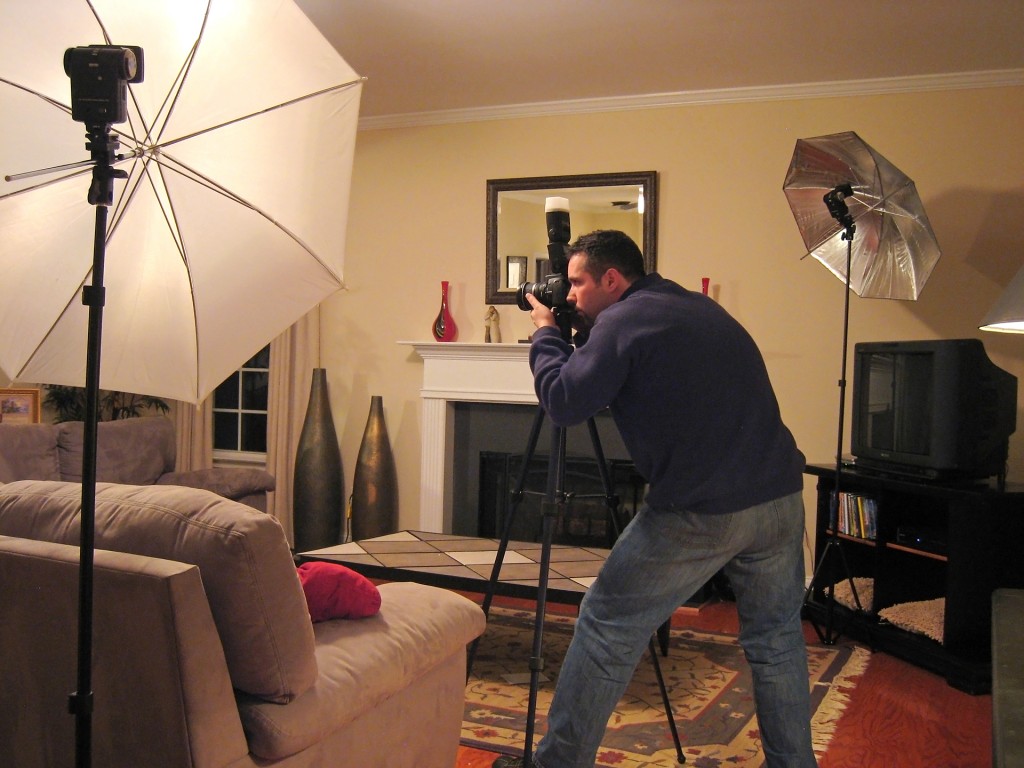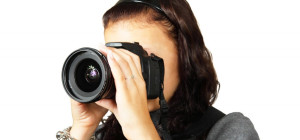A surefire tip to excel in it is to shoot more and more photos. Shoot whatever you find around you and keep improving. The day will eventually come when there'd be only marginal differences between photographs taken by you, and by a professional.
Various branches of photography
Photography has many branches and they are all different from one another. Wildlife photography is distinct from fashion photography, so is product photography from street photography. As an aspiring photographer, you first need to try your hands on a relatively easy type.
It’s only for starters, and it will help you become comfortable with the basics. Afterwards, you can opt for a more advanced form of photography.
Interior photography
For an amateur, this is the easiest. You don't even have to step outside. You can comfortably stay inside and press the shutter of your camera. However, you might wonder whether the quality of those stills would be presentable.
No, they won't be presentable.
But if you follow some tips, it'd be easy for you to improve their quality.
Get rid of blurring
A blur can downgrade your still's quality. Most often, blurring is the result of shaky fingers. The photographer either feels excited or can't hold the camera for long to get a better focus. The result? The images look blurred.
There's a simple solution that you can adopt. Put your camera on a tripod or use high shutter speed. Most professional photographers do this, and it yields excellent results for them. Alongside, use your camera's timer to rule out the possibility of blurring, caused by involuntary movements of your fingers.
Versatility is the key
You only need common sense to fathom why versatility is so important in interior photography. The factors that contribute to versatility are:
- Design of the furniture
- The items in the room
- The total usable space
By making slight changes in the room, you can bring versatility. It's an age-old trick used by the interior decoration agencies. They can decorate a room in a creative way, adding an illusion of extra space to it. You can also apply their techniques and make your photos versatile. This way, two photos of the same interior will look different.
Wide angle can help
The photographs of an interior are often used for marketing purpose, which is why an interior photographer tries to cover as much space as he can. The best way to pull that is to shoot with a wide angle or a fish eye. It helps you capture as much space as possible.
To pull a perfect wide angle frame, you need a lens that ranges between 16mm and 24mm. The lens can give you the best wide shot of the interior. But while you experiment with wide angle shots,make sure that the focal length is not too wide as that could cause major distortions.
Pick a corner
Choosing a corner helps you get a wholesome view of the room and the widest perspective of the interior. Shoot the interior from all four corners as this can help you identify which corner offers the best perspective.
The seasoned interior photographers use a technique. They squash the camera against the corner wall to make use of the entire available space. You can try this too, but only after you gain a certain degree of technical expertise.
Use lighting
Lighting is important in interior photography. By balancing the lighting, you can eliminate dark shadows and bright highlights. They both are noise factors for a good quality interior photograph. To your delight, you won't need additional lighting. The common sources of light available in the room are enough.
Overhead lighting, lamps, fill-flash and even natural light that comes from the outside can be used to illuminate the room. To bring around creativity, you can create several combinations of lights. Normally soft lighting is used for interior photography, and such effects are easy to produce.
Prospects of interior photography
Interior photography has excellent career prospects. You can become an interior photographer and find a financial footing. All you need for that are patience and diligence.
While diligence is key to improving your skills, without patience you won't be able to hold on to your ground. Rookies often lose patience and back off. So patience is needed alongside relentless practice to excel in interior photography.





![How Can You Click Landscape Photographs in Low Light? [Infographic]](https://lerablog.org/wp-content/plugins/wp-thumbie/timthumb.php?src=http://lerablog.org/wp-content/uploads/2015/06/How-Can-You-Click-Landscape-Photographs-in-Low-Light.jpg&w=300&h=140&zc=1)


